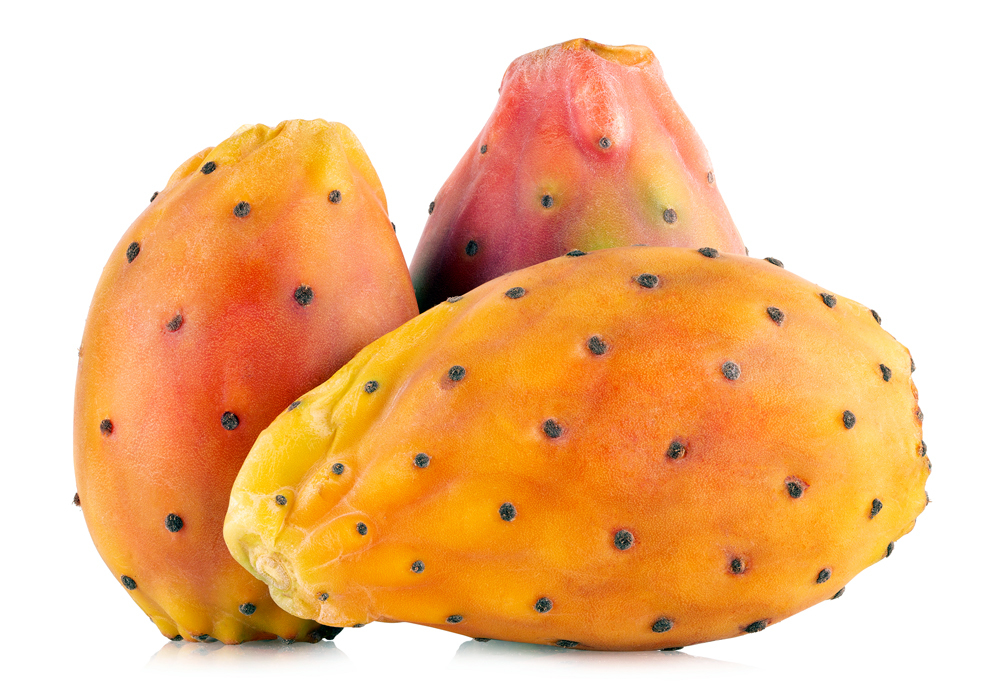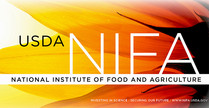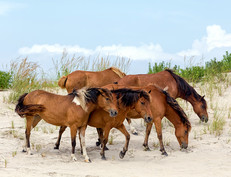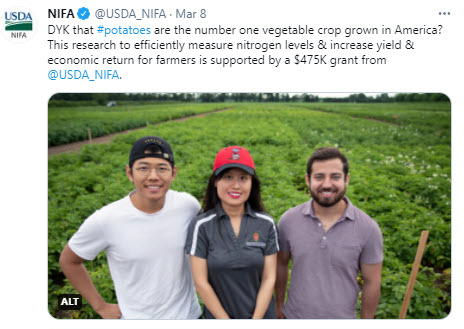|
Having trouble viewing this email? View it as a Web page.

|
|
|
Editor: Kelly Sprute March 10, 2021
Making a Difference
 Fresh cactus fruit (prickly pear, opuntia) courtesy of Getty Images.
Cactus Pear Could Be the Sustainable Food and Fuel Crop of the Future
In the near future, could cactus pear become a major crop like soybeans and corn, and help provide a biofuel source, as well as a sustainable food and forage crop? According to a recently published study, researchers from the University of Nevada, Reno believe the plant, with its high heat tolerance and low water use, may be able to provide fuel and food in places that previously haven’t been able to grow much in the way of sustainable crops.
Global climate change models predict that long-term drought events will increase in duration and intensity, resulting in both higher temperatures and lower levels of available water. Results of the study showed that Opuntia ficus-indica (cactus pear) had the highest fruit production while using up to 80% less water than some traditional crops. Funded by the Experiment Station and USDA’s National Institute of Food and Agriculture, this study was also the first U.S. long-term field trial of exploring Opuntia species as a scalable bioenergy feedstock to replace fossil fuel. For more information, read the University of Nevada article.
|
|

USDA Science Strengthens U.S. Efforts to End COVID-19
The COVID-19 pandemic requires a coordinated approach to combat the virus and its rippling effects. We all have a role to play to help end the pandemic. USDA is doing its part by providing evidence-based research and information, its facilities, personnel, and expertise to communities across the country. For more information, read the USDA blog.
USDA science agencies are using evidence-based research to combat the pandemic.
|

Addressing Nutrition Insecurity in our Nation
The Agriculture Secretary says challenges of hunger in America go beyond food insecurity, into what he describes as nutrition insecurity. USDA’s Rod Bain talks with Agriculture Secretary Tom Vilsack about how to improve food and nutrition security in the U.S. For more information, listen to the USDA broadcast.
Food Basket image courtesy of Tyler Stalman.
|

NIFA Career Opportunities
We are hiring! Remember to check out NIFA's Career Opportunities webpage, where there is a direct link to all open positions. You can also explore NIFA jobs at the USAjobs.gov website. Current openings in Kansas City, Missouri:
Student Trainee (Biological Science) (GS 3-5)
Closing Date: 03/19/2021
Student Trainee (Accounting) (GS 4-5)
Closing Date: 03/19/2021
Student Trainee (Business) (GS 4-5)
Closing Date: 03/19/2021
|

Eight Teachers Selected for the 2021 National Excellence in Teaching About Agriculture Award
The National Agriculture in the Classroom Organization, USDA’s National Institute of Food and Agriculture, and Farm Credit partner each year to honor teachers in pre-kindergarten through 12th grade from around the country for the innovative ways they use agricultural concepts to teach reading, writing, math, science, social studies, STEM, STEAM. For more information, read the National Agriculture in the Classroom article.

Model May Help Chincoteague Ponies Avoid Deadly Infection
The Chincoteague pony is a unique breed of wild horse that lives on Assateague Island, on the Virginia/Maryland border. In the past three years, 12 of the horses have been infected with P. insidiosum and developed pythiosis. Researchers from North Carolina State University have created a model that can identify potential hot spots for the pathogen Pythium insidiosum in the Chincoteague National Wildlife Refuge, home to the wild Chincoteague ponies. P. insidiosum is an aquatic, fungus-like pathogen that thrives in standing water and is commonly found in tropical or subtropical environments. In horses it causes pythiosis, or "swamp cancer," a fatal infection which often affects the skin or gastrointestinal tracts of the animals. It is hoped that this model will help caretakers manage the horses in ways that can reduce their exposure to this pathogen. The research appears in Frontiers in Veterinary Science and was supported by the U.S. Fish and Wildlife Service and USDA’s National Institute of Food and Agriculture McIntire Stennis project. For more information, read the North Carolina State University article.
Wild horses (Chincoteague Ponies) in Maryland, photo courtesy of Getty Images.
|

Florida-Grown Coffee? How Scientists are Using AI to Serve Up the Possibilities
Most of the world’s coffee is grown in tropical regions. However, a changing climate could allow coffee to grow farther north for example, in Florida. To understand how that might work, scientists with the University of Florida are already growing coffee plants at the UF/IFAS Plant Science Research and Education Unit. This research could one day produce a morning cup of joe with origins in the Sunshine State. This project is funded by a grant from USDA's National Institute of Food and Agriculture. For more information, read the UF/IFAS blog article.
Pouring coffee, photo courtesy of Getty Images.
|

Improving Soil Health Could Mitigate Greenhouse Gases in Semi-Arid Region
Farmers and ranchers in West Texas walk a very thin line to achieve sustainability with the semi-arid climate and scarcity of water. A slight deviation one way or the other often determines how profitable a growing season or herd can be. The key for producers is to use as little of the limited natural resources as possible while still improving production. That task is the focus of many ag research projects at companies and universities across the U.S., including those in the College of Ag Sciences and Natural Resources at Texas Tech University, where Assistant Professor Lindsey Slaughter is leading one of those projects. Funded by a $500K grant from USDA-NIFA’s Cooperative State Research Education and Extension Service. For more information, watch the Texas Tech University video.
|

|
|
|
NIFA’s mission is to invest in and advance agricultural research, education, and extension that solve societal challenges. NIFA’s investments in transformative science directly support the long-term prosperity and global preeminence of U.S. agriculture. Keep informed about NIFA, USDA, our land-grant and non-land-grant university partners, and stakeholders with the NIFA Update. Read past issues online, sign up for email updates or follow us on Twitter @USDA_NIFA, #NIFAImpacts or LinkedIn @usda-nifa.
If you wish to submit a news item or information, send an email to NIFAUpdate.
USDA is an equal opportunity lender, provider, and employer.
|
|